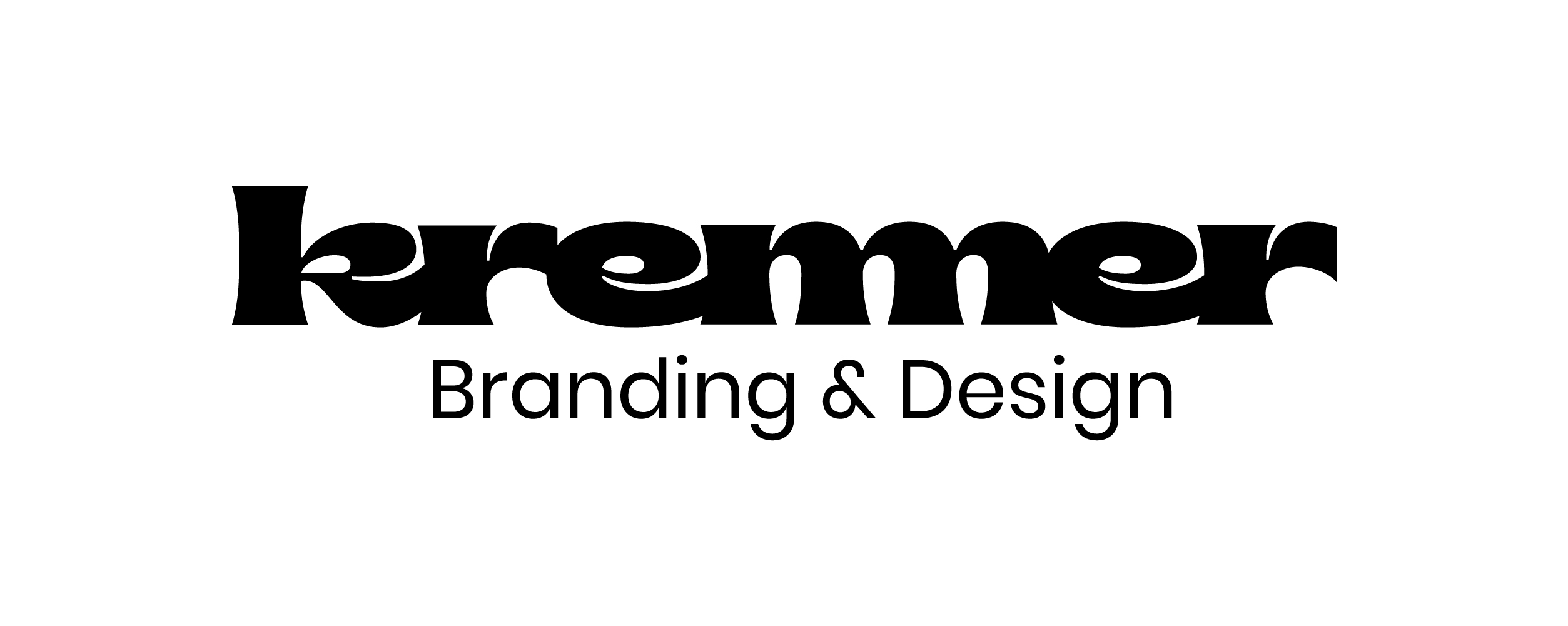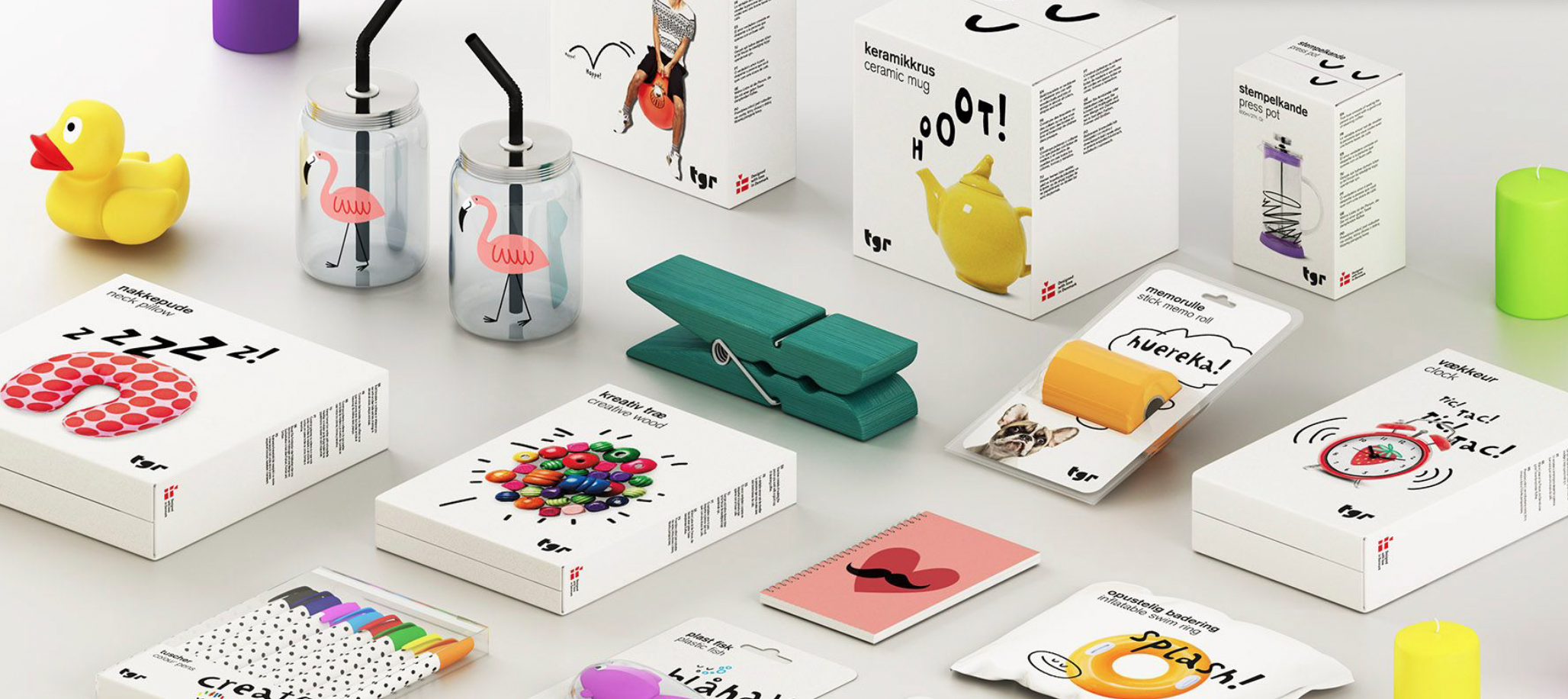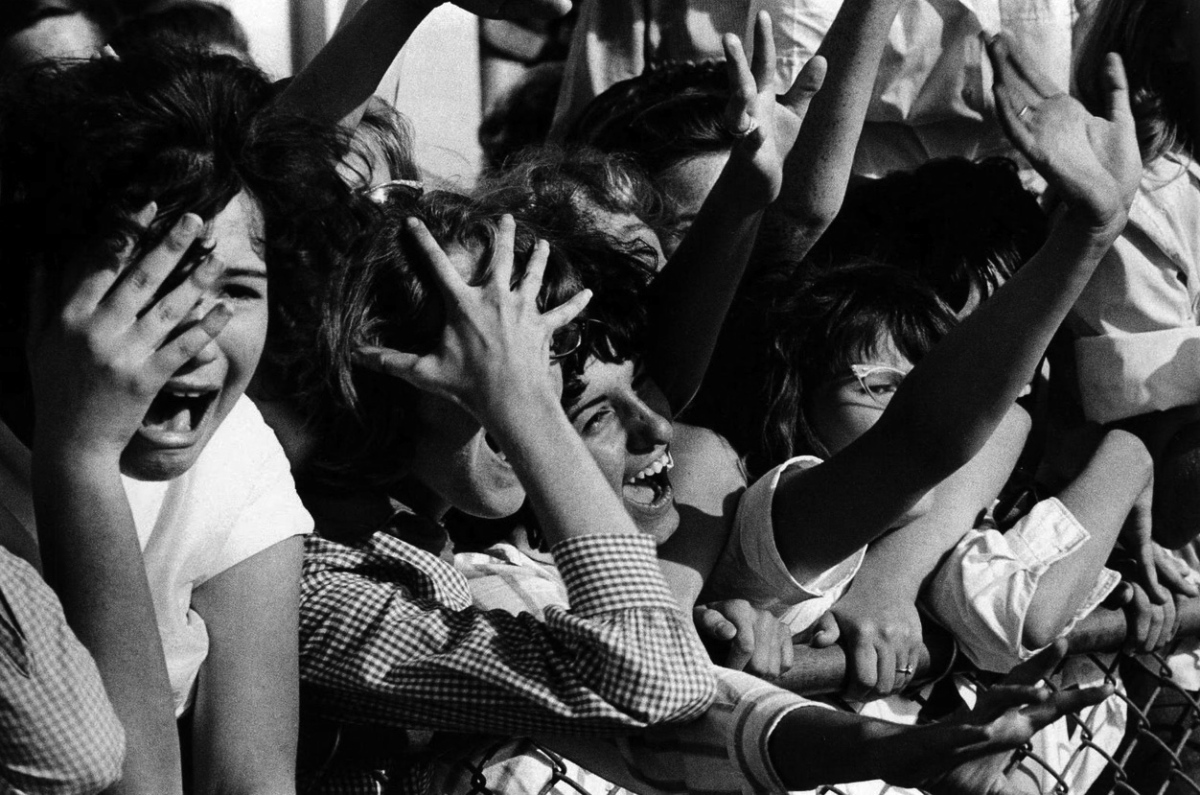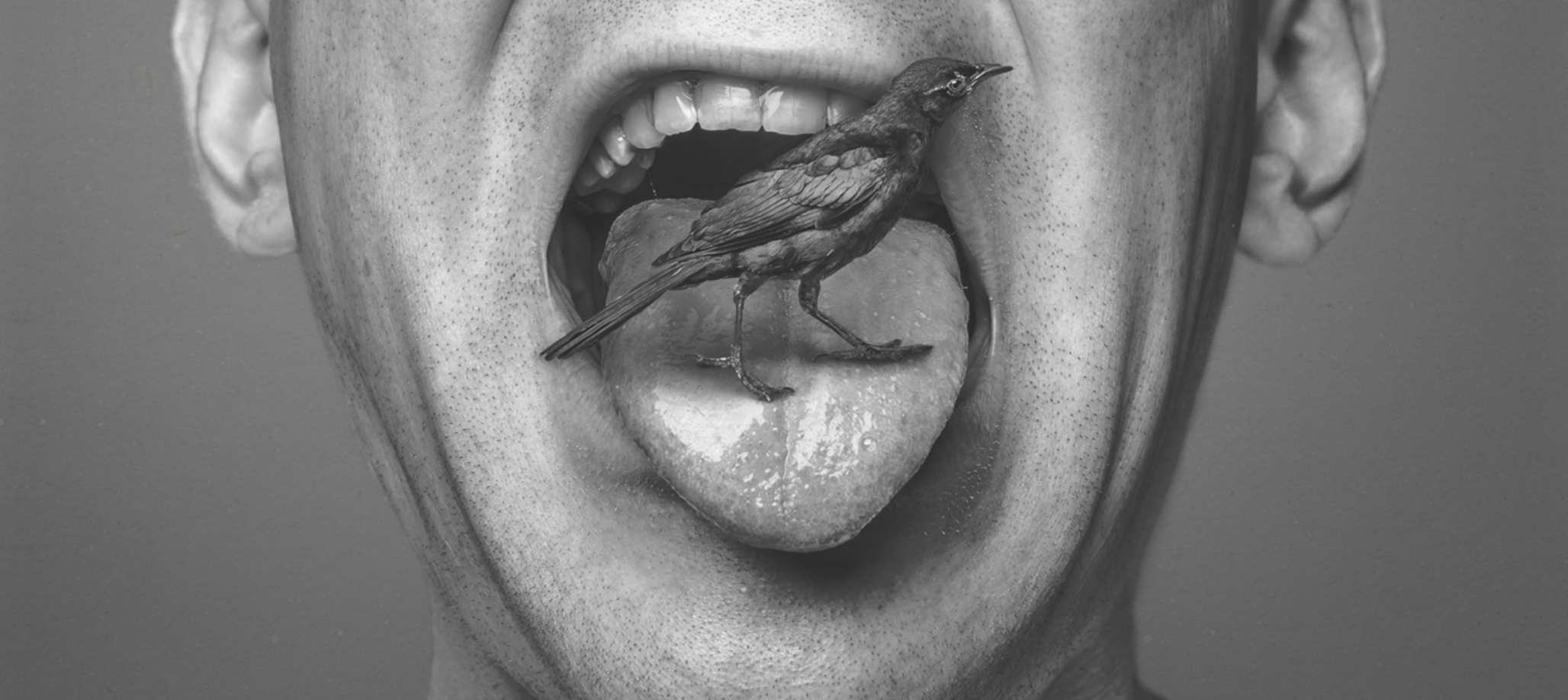How can a rebranding be successful?
The triumph of your brand heavily depends on the experiences that individuals connect with it when your name comes to mind. Rebranding is precisely about changing this existing perception and associating a new message with your brand. It's not an easy task at all, as it entails much more than just changing the name and logo: rebranding involves a complete reconsideration of a brand's entire message and ethos.
Abercrombie & Fitch: Accessible luxury.
Abercrombie & Fitch, the fashion brand, was founded in 1892 and was highly successful for a long time. However, by the 1980s, the company's rich history no longer excited anyone. The task of revitalizing the tired brand was entrusted to a new CEO, Mike Jeffries, who, as a true "brand enthusiast," realized that the key to success laid in bold repositioning. The end result drew both praise and criticism, but the strategy worked so remarkably well that A&F emerged as one of the most iconic fashion brands of the following 15 years. Jeffries' new strategy specifically targeted teenagers, conveying a message along the lines of:
If you wear A&F clothing, you will belong to the exclusive group of sexy and popular people.
In order for this message to reach the target audience, Jeffries started building everything around sex: the advertising featured charming, muscular, and partially naked male models, and even the stores employed exceptionally attractive, almost model-like young individuals.
They also hit the mark with the pricing of their products: while A&F clothing was indeed more expensive than average, it also boasted superior quality — a point reinforced by A&F's slogan, representing accessible luxury. By the mid-90s, A&F had successfully become a symbol of affluence and coolness. The brand's success is evident by the fact that it was rare to find a teenager in America who didn't own at least one hoodie with the "Abercrombie" logo, and even popular songs of the time celebrated the sheer awesomeness of A&F.
Jeffries' rebranding strategy worked so well because it created a distinctive and divisive positioning for A&F, boldly breaking away from the company's traditions and perfectly aligning with the zeitgeist of the 90s and early 2000s.
When A&F lost the thread
Over time, the essence that A&F embodied began to fade away, and the target audience, to whom the brand once spoke, noticeably drifted apart. By the end of the 2000s, the bare-chested, muscular men were replaced by bearded hipsters, plus-size models gained greater acceptance, and clothing adorned with large logos and slogans were no longer considered trendy. As the company's target market diminished, voices opposing the arrogant and elitist stance of Jeffries' A&F grew louder and more prominent.
Over time, the essence that A&F embodied began to fade away, and the target audience, to whom the brand once spoke, noticeably drifted apart. By the end of the 2000s, the bare-chested, muscular men were replaced by bearded hipsters, plus-size models gained greater acceptance, and clothing adorned with large logos and slogans were no longer considered trendy. As the company's target market diminished, voices opposing the arrogant and elitist stance of Jeffries' A&F grew louder and more prominent.
Mike Jeffries has always been a controversial figure, but when he claimed in a 2006 interview that "they only make clothes for beautiful and cool people, and they don't want fat or old people wearing A&F clothing," a media firestorm erupted against him. In one counter-campaign, A&F clothing was distributed to the homeless, while another featured half-naked, pot-bellied dads taking over one of the stores, mocking the famous A&F models.
Due to the company's declining reputation, which was reflected in sales, A&F decided to part ways with Jeffries in 2014 and once again embraced rebranding. This time, they attempted to cater to a broader audience instead of solely focusing on teenagers. They moved away from logo-centric clothing and relaxed the strict guidelines for their store associates' appearance. However, with this shift, A&F lost the very uniqueness that made people instantly recognize and love the brand. Without a new and compelling message, the brand suddenly became unrecognizable among other fashion labels.
What is the lesson?
A&F serves as a prime example of both successful and unsuccessful rebranding. Among the key factors for a successful strategy is adopting a bold and distinctive brand position that resonates with the current cultural climate. This involves clearly defining your target audience and, just as importantly, those who are not your target audience. While this approach may generate controversy, it also places you at the center of attention. A&F's positioning worked brilliantly for over 15 years, but then the world gradually moved past them, and what Mike Jeffries, the CEO, represented became seen as clichéd:
"In every school, there are cool and popular kids, and there are those who are not as cool. We are only interested in the cool and good-looking guys and girls."
The second rebranding didn't work because they replaced the previously well-established and distinctive position with a much softer one, thus losing the brand's identity. The new A&F attempted to return to its roots by releasing more rustic clothing, but the end result failed to resonate with anyone. In their most recent rebranding, it would have been more effective to strive for a strong and distinct position while aligning with the trends and preferences of today's teenagers. For example, taking cues from Urban Outfitters and capturing the urban hipster lifestyle.
Selected Works
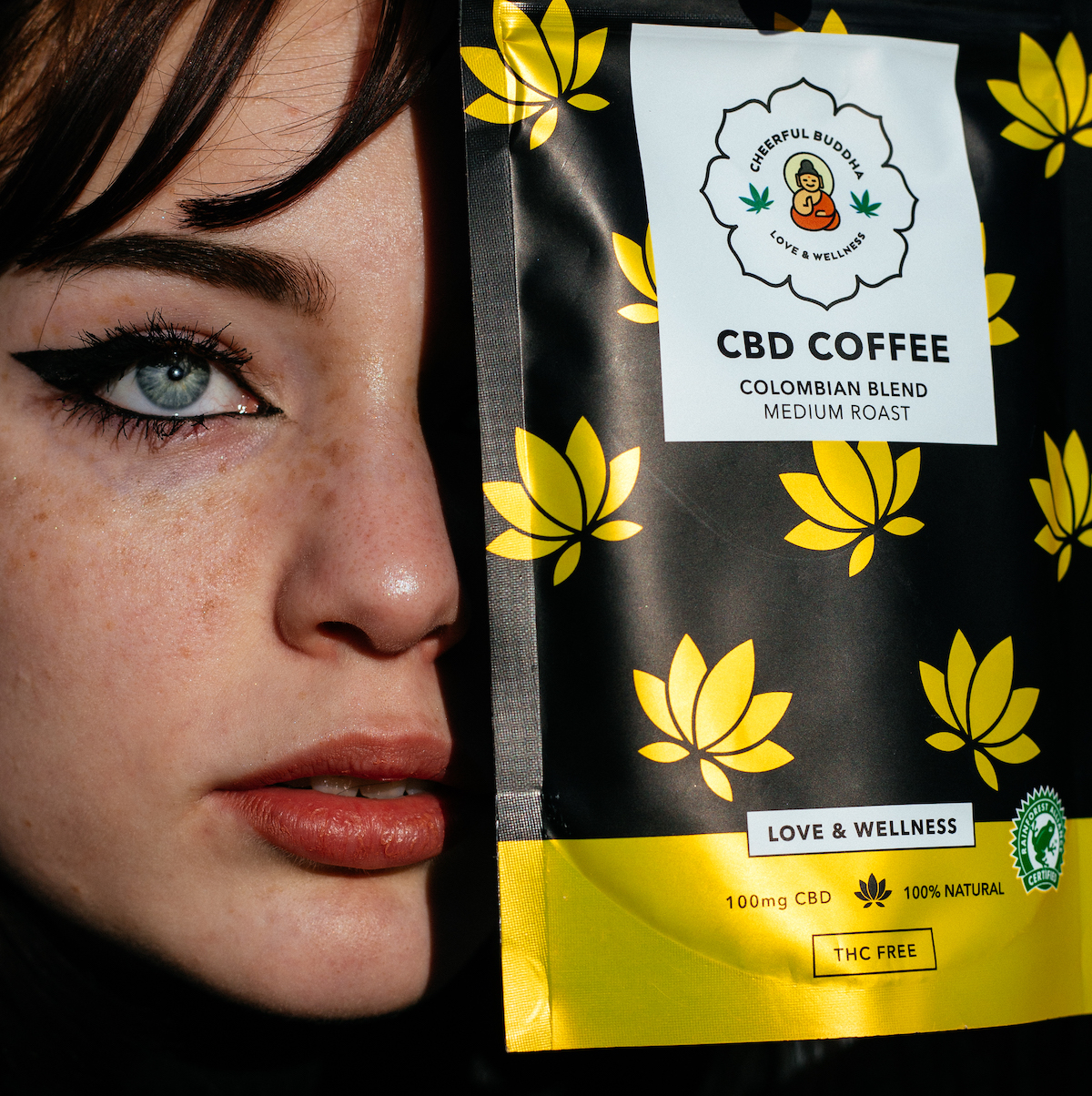
Cheerful BuddhaProduct Photography
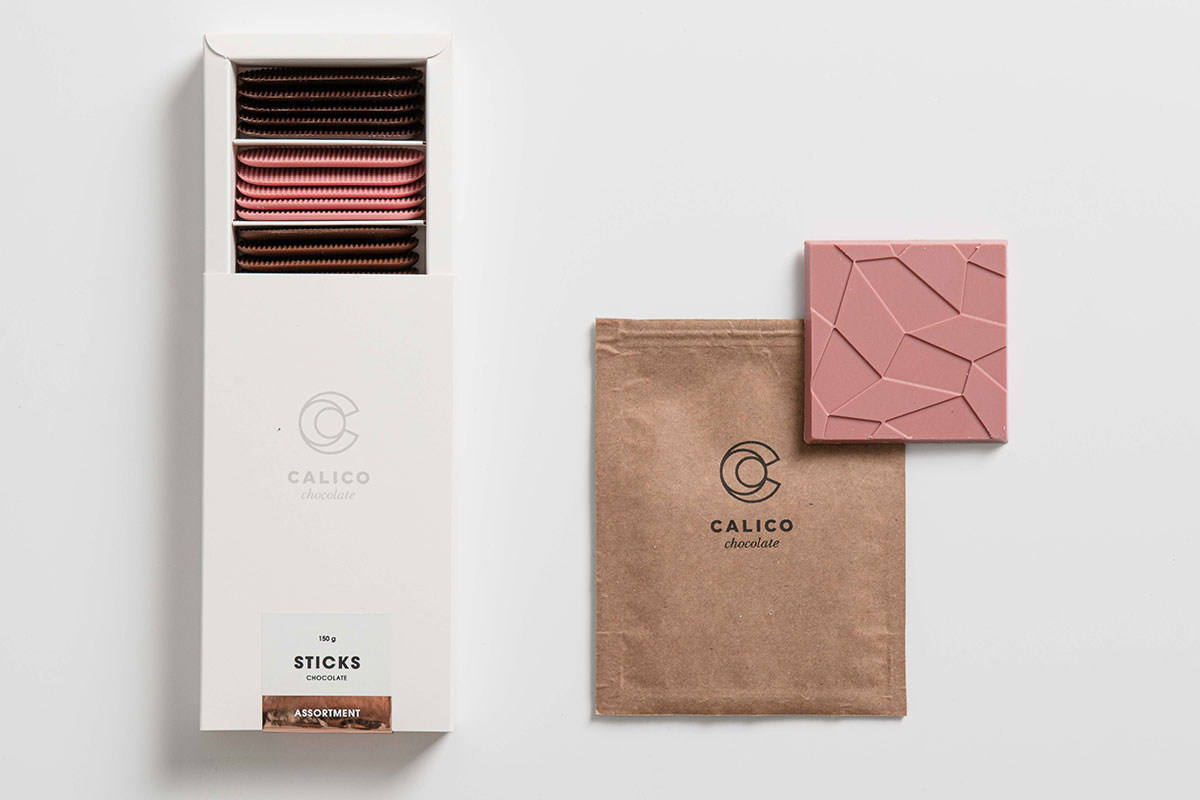
CalicoProduct Photography
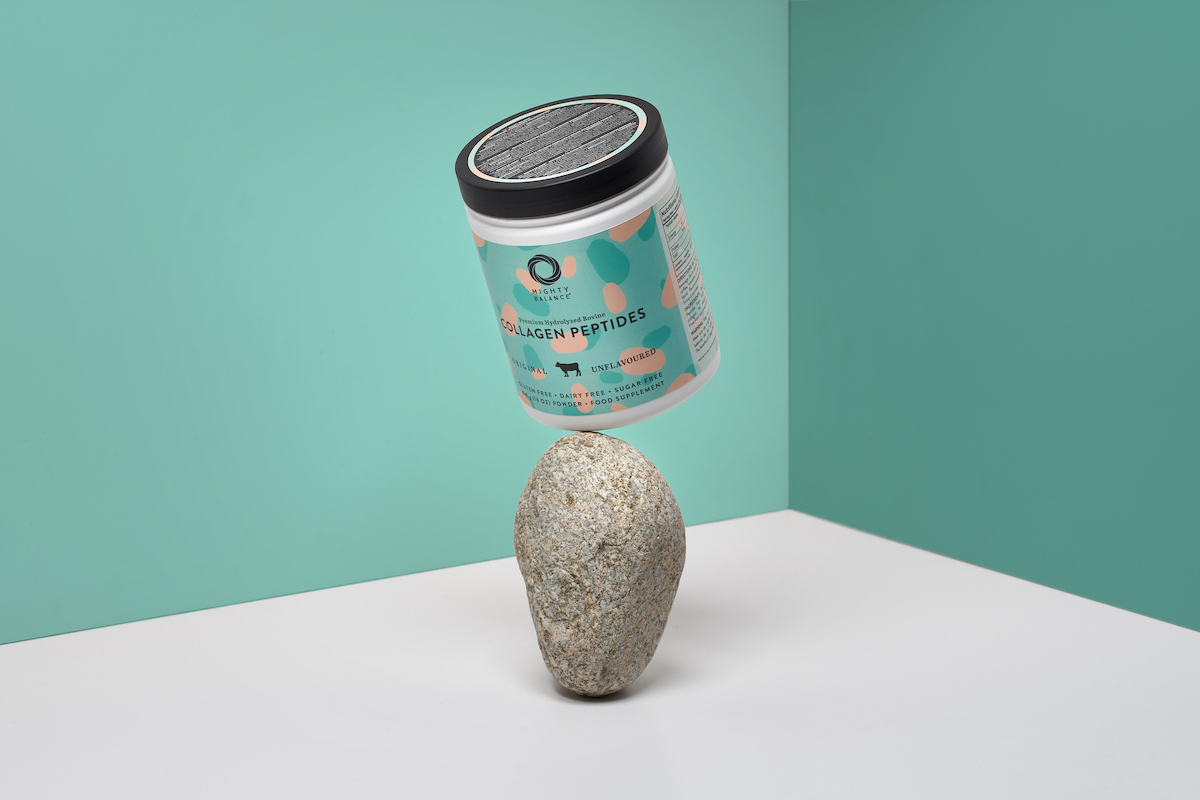
Mighty BalanceProduct Photography
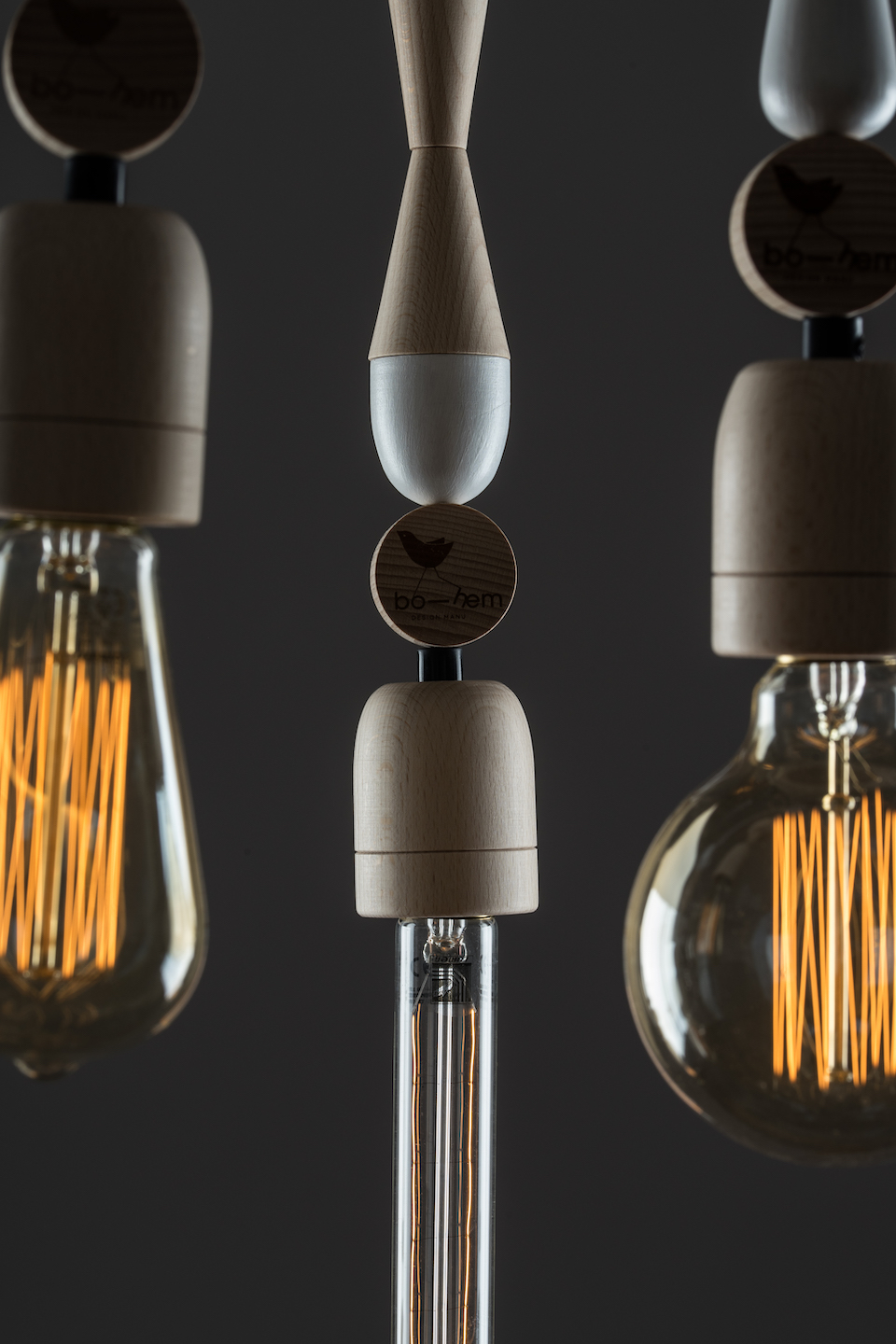
Bo-hemProduct Photography
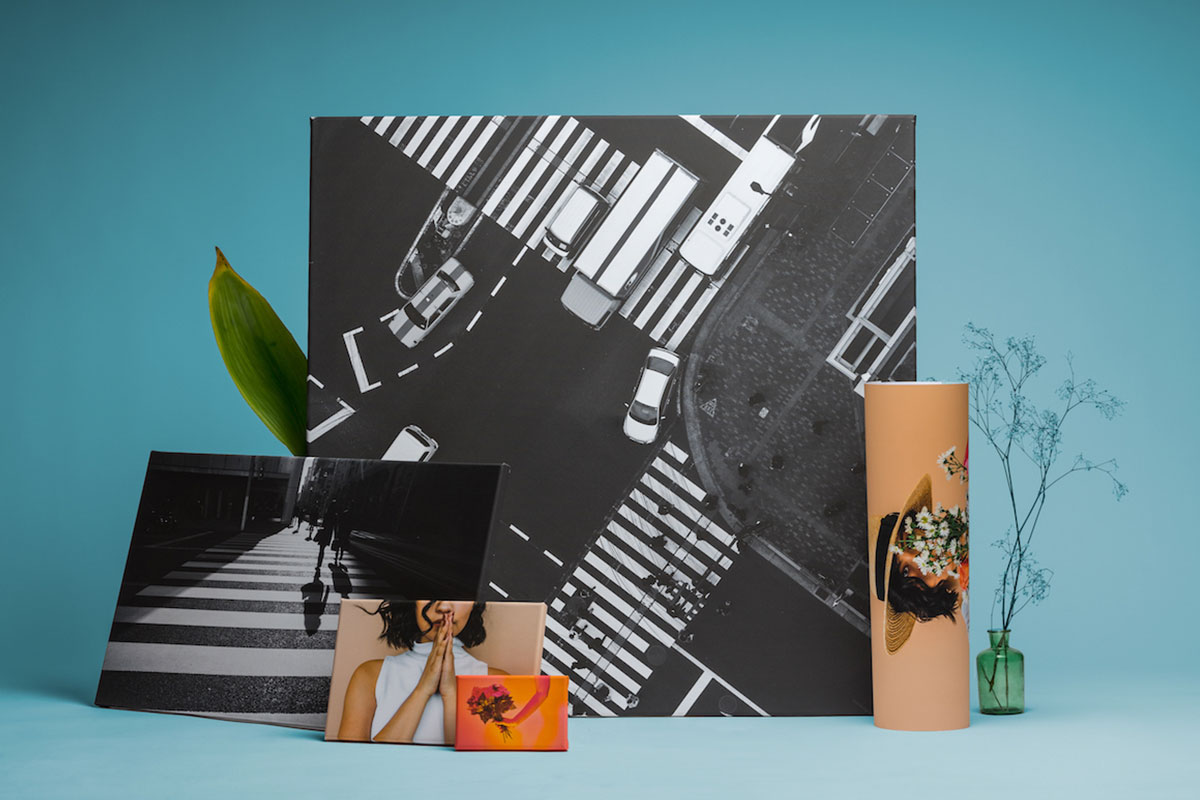
NetprinterProduct Photography

Little Green FactoryProduct Photography

NovafamPackaging Design
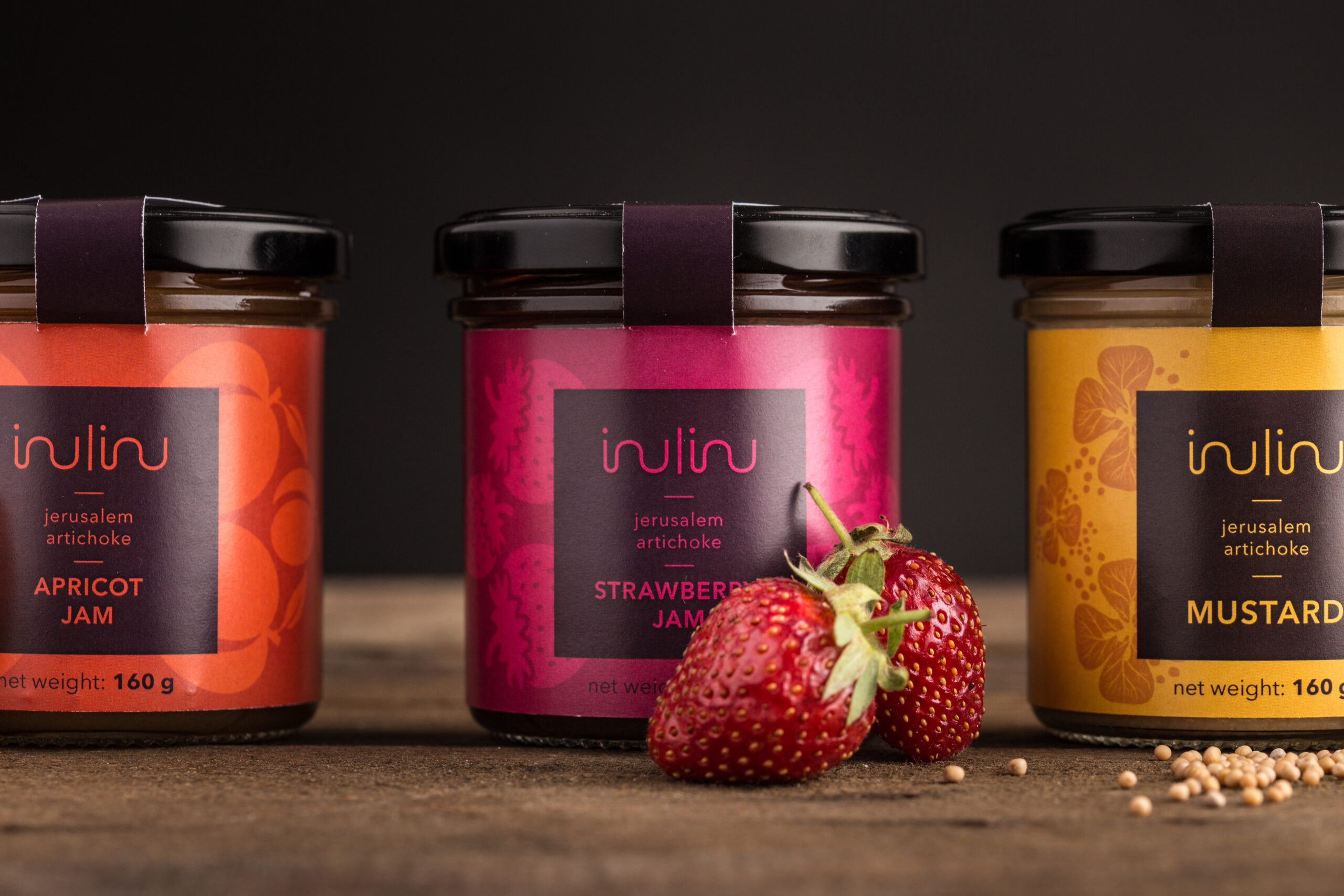
InulinuPackaging Design
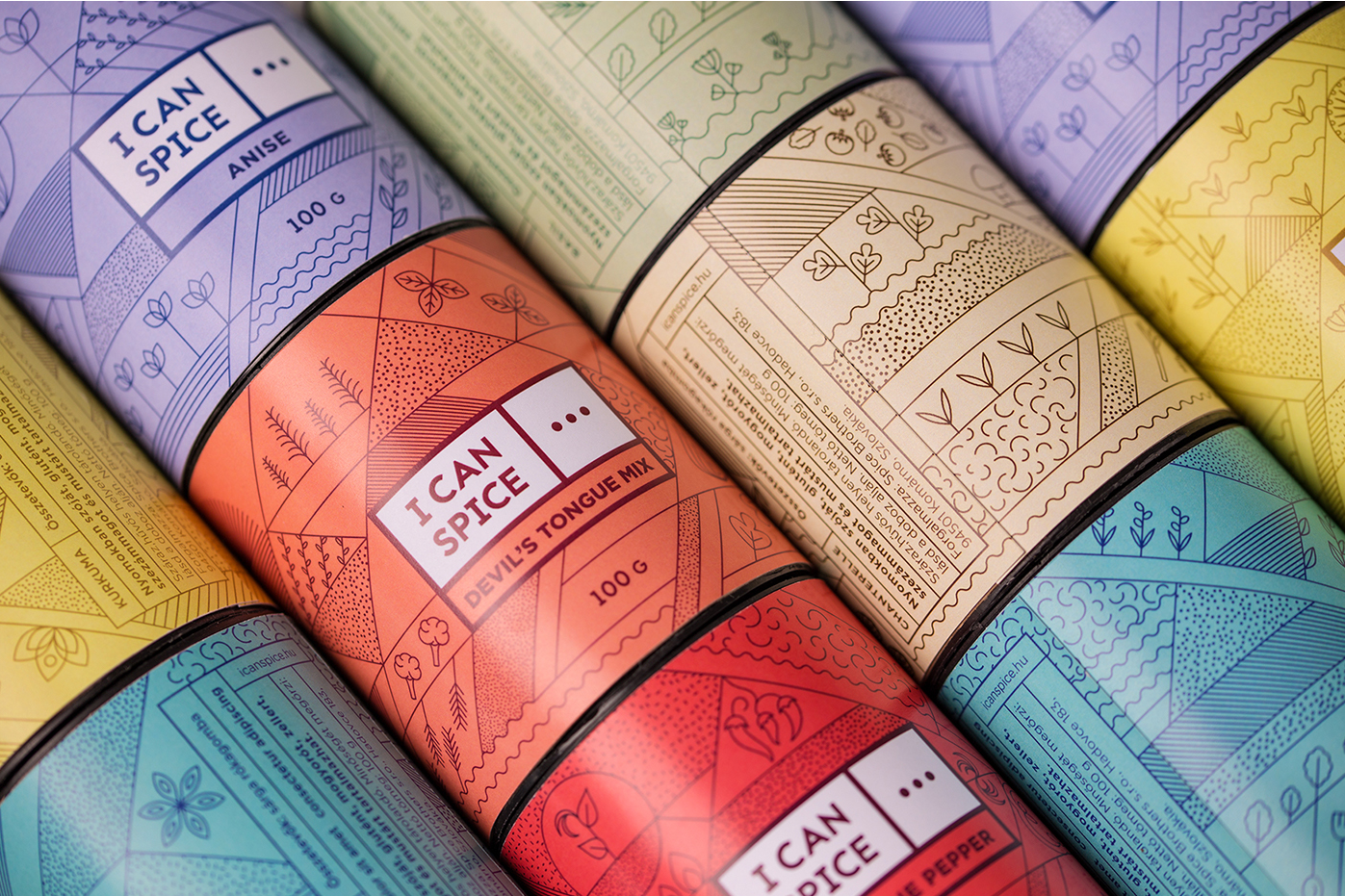
I CAN SPICEPackaging Design

CalicoPackaging Design

Why is the Mona Lisa beautiful?Branding
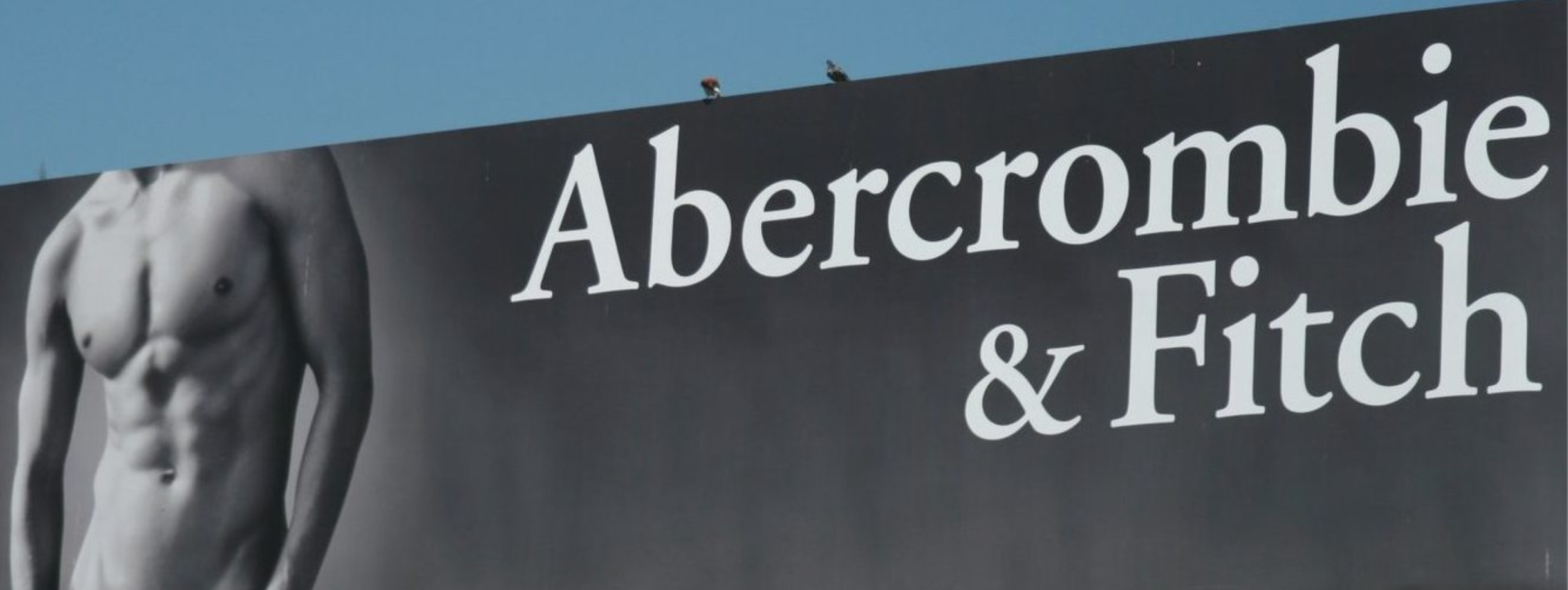
How can a rebranding be successful?Project type
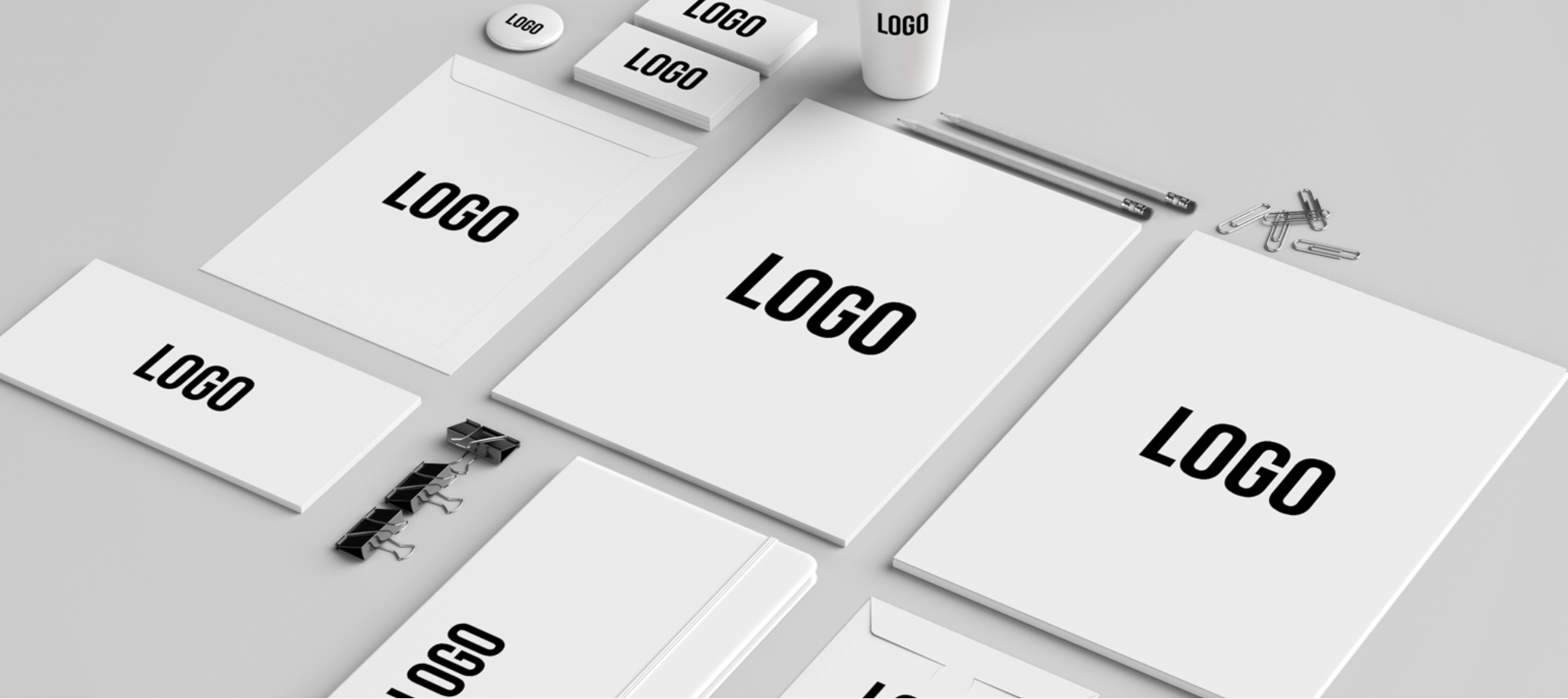
The logo is NOT a brand identityBranding
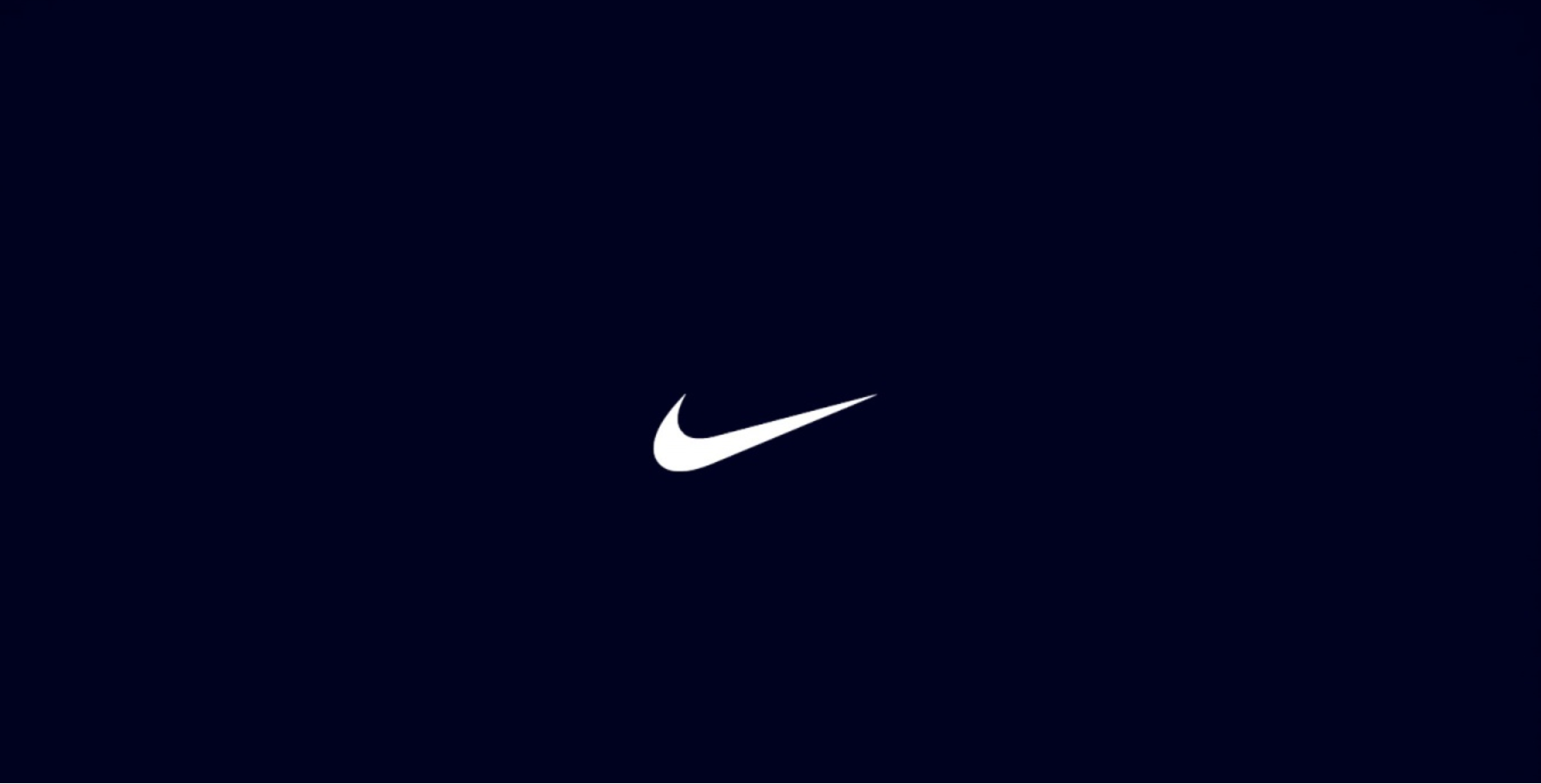
How To Choose A Logo?Branding
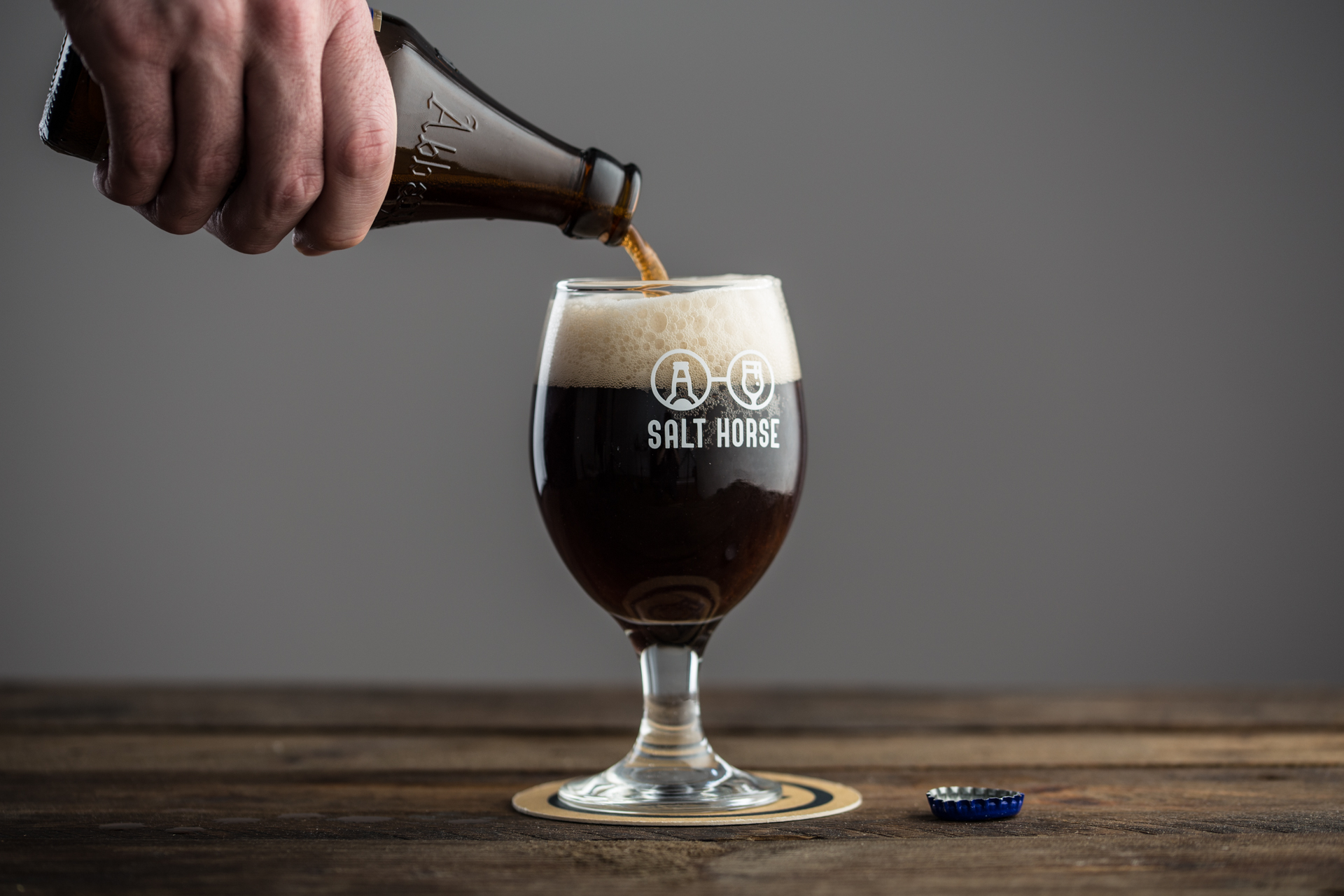
Salt HorsePackaging Design
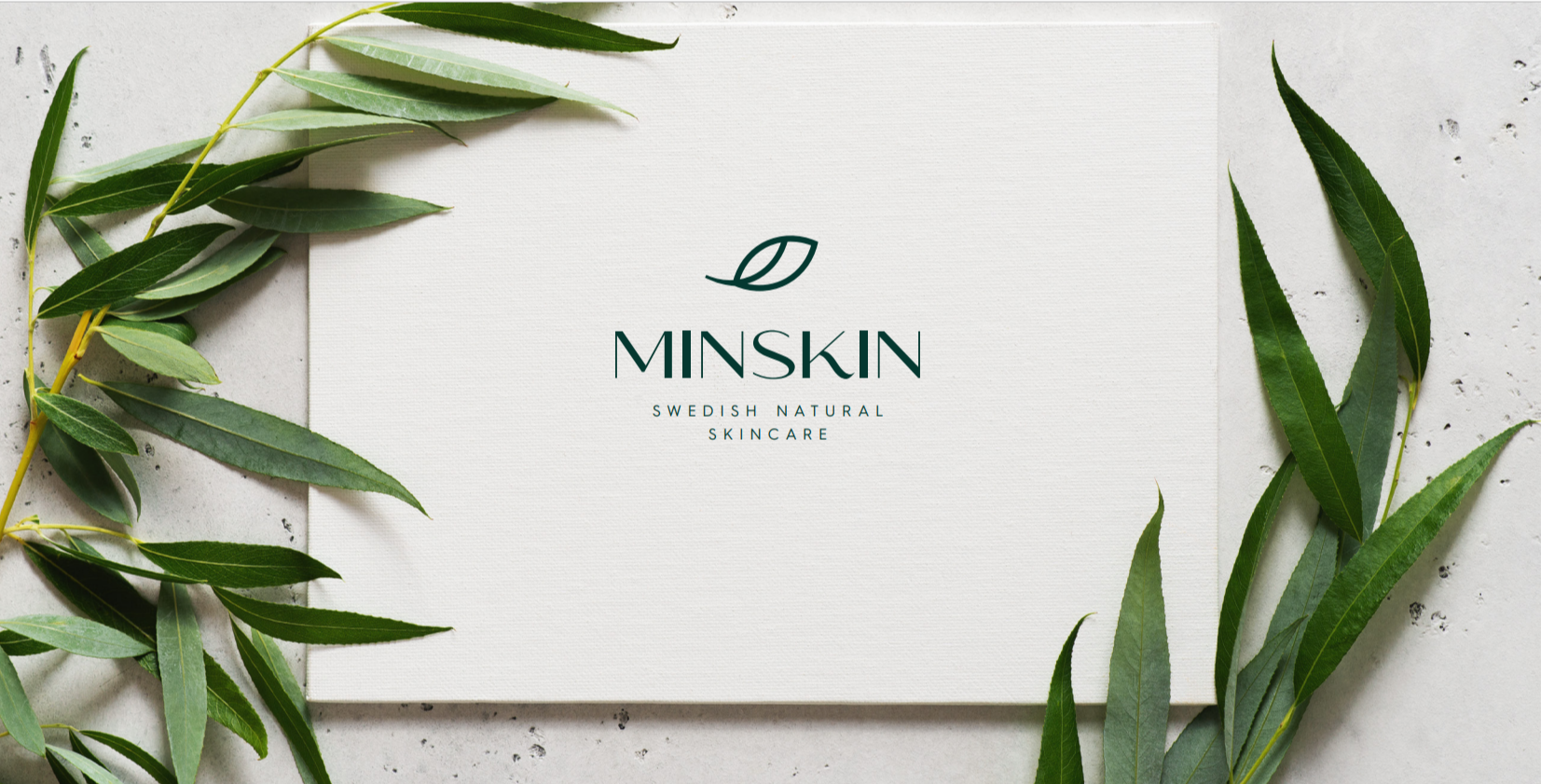
MinSkinPackaging Design
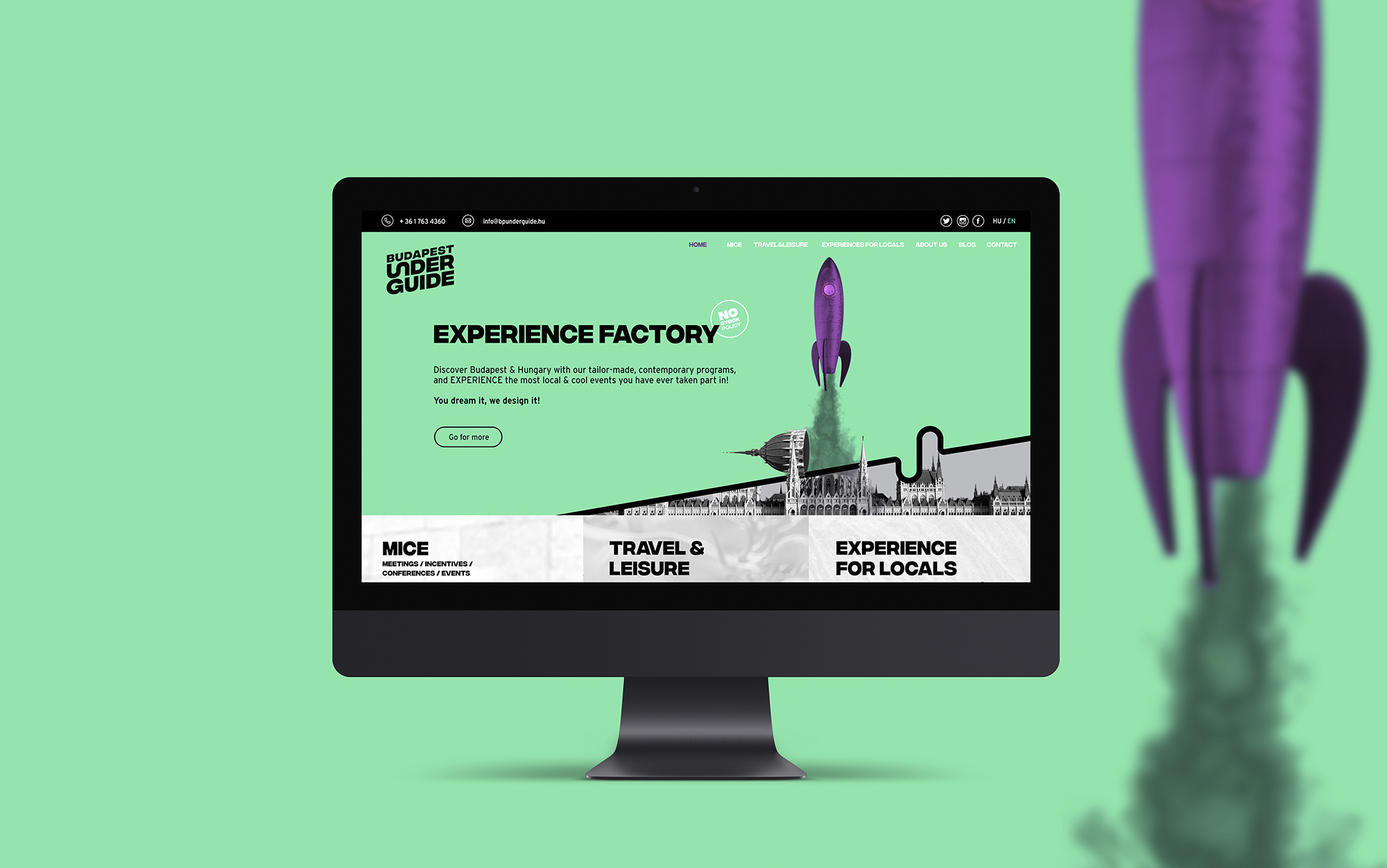
UnderguideWebdesign
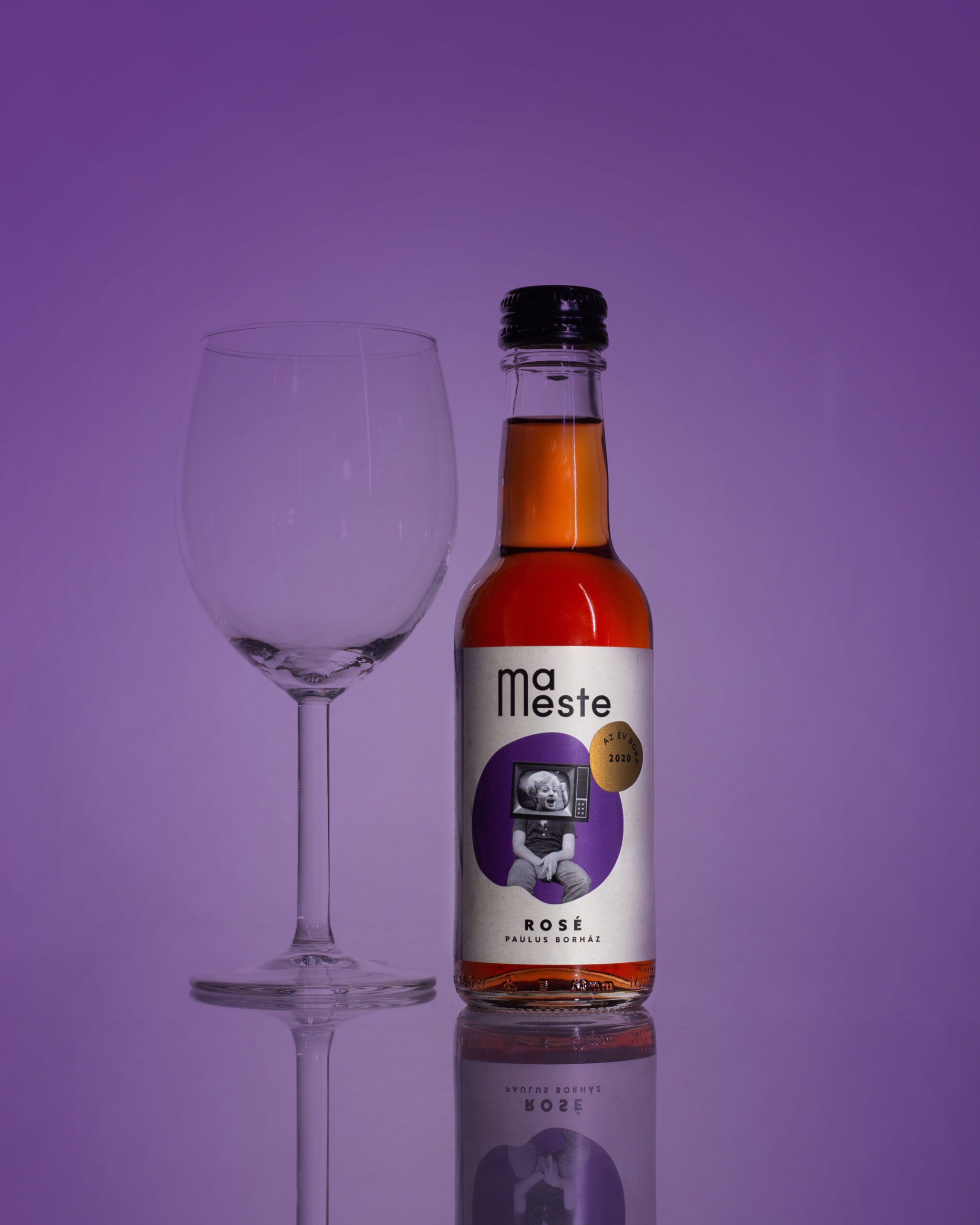
MaestePackaging Design

JanaanPackaging Design

SQADFashion Design

Galamb TailoringProject type
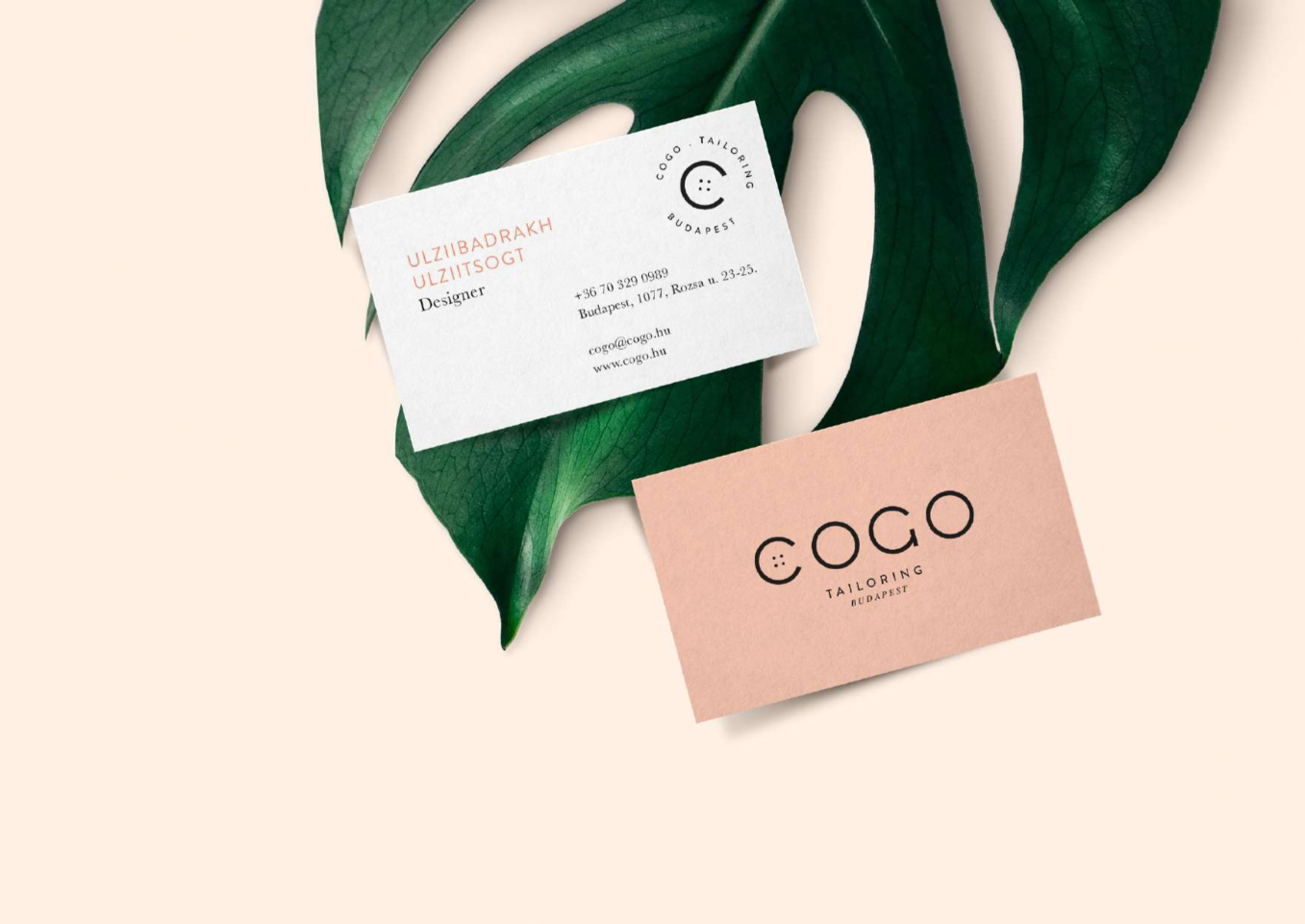
CogoFashion Design
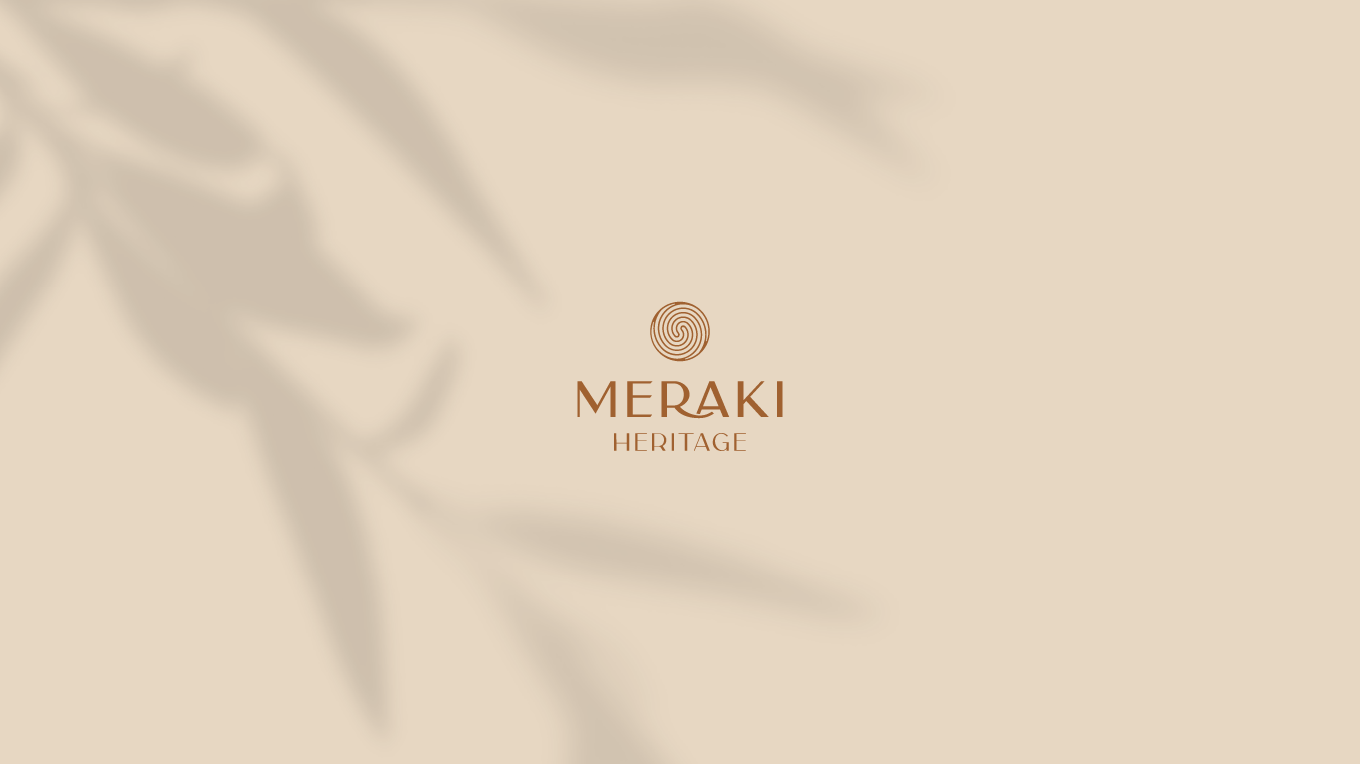
MerakiFashion Design
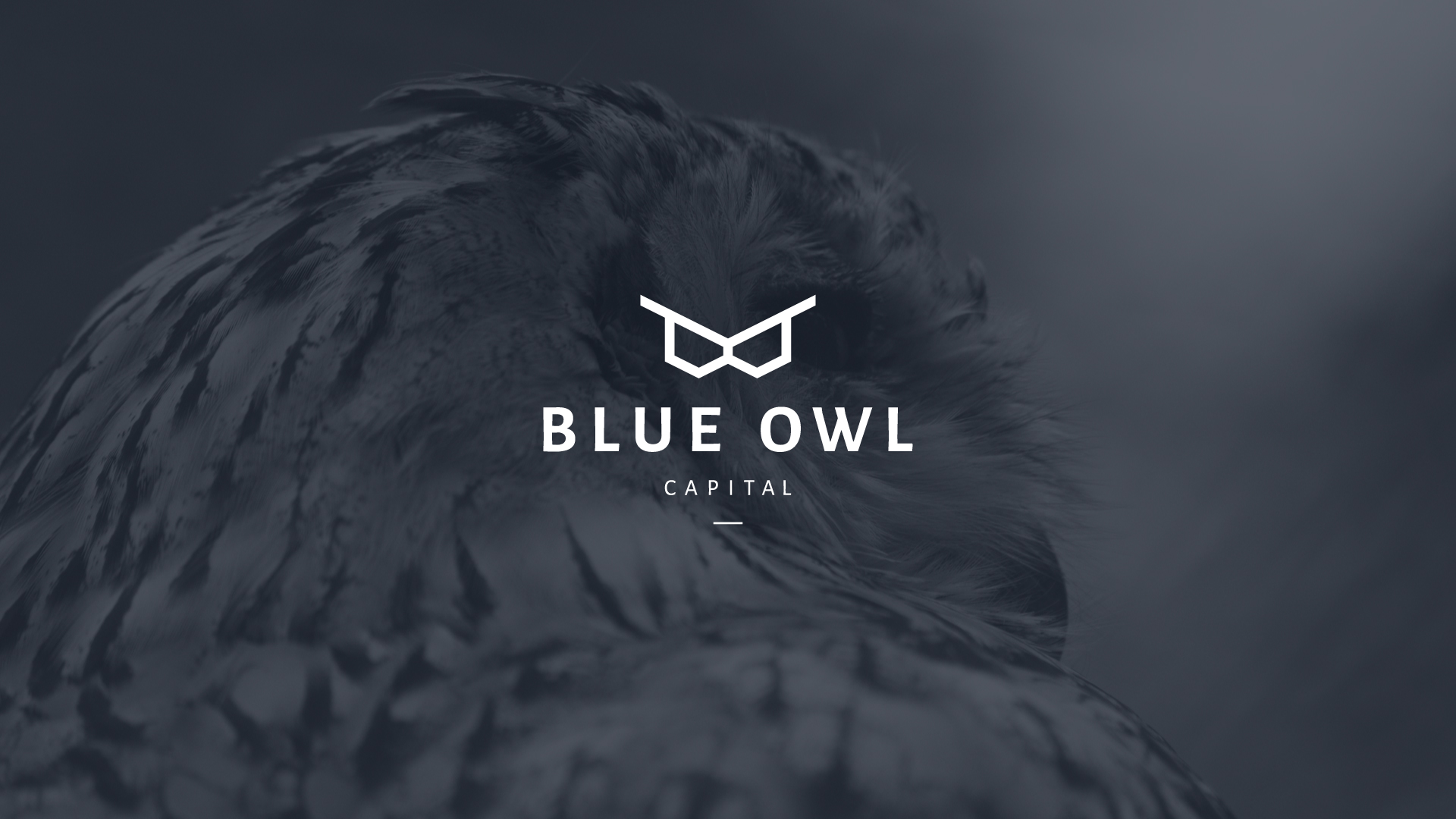
Blue OwlCorporate Design
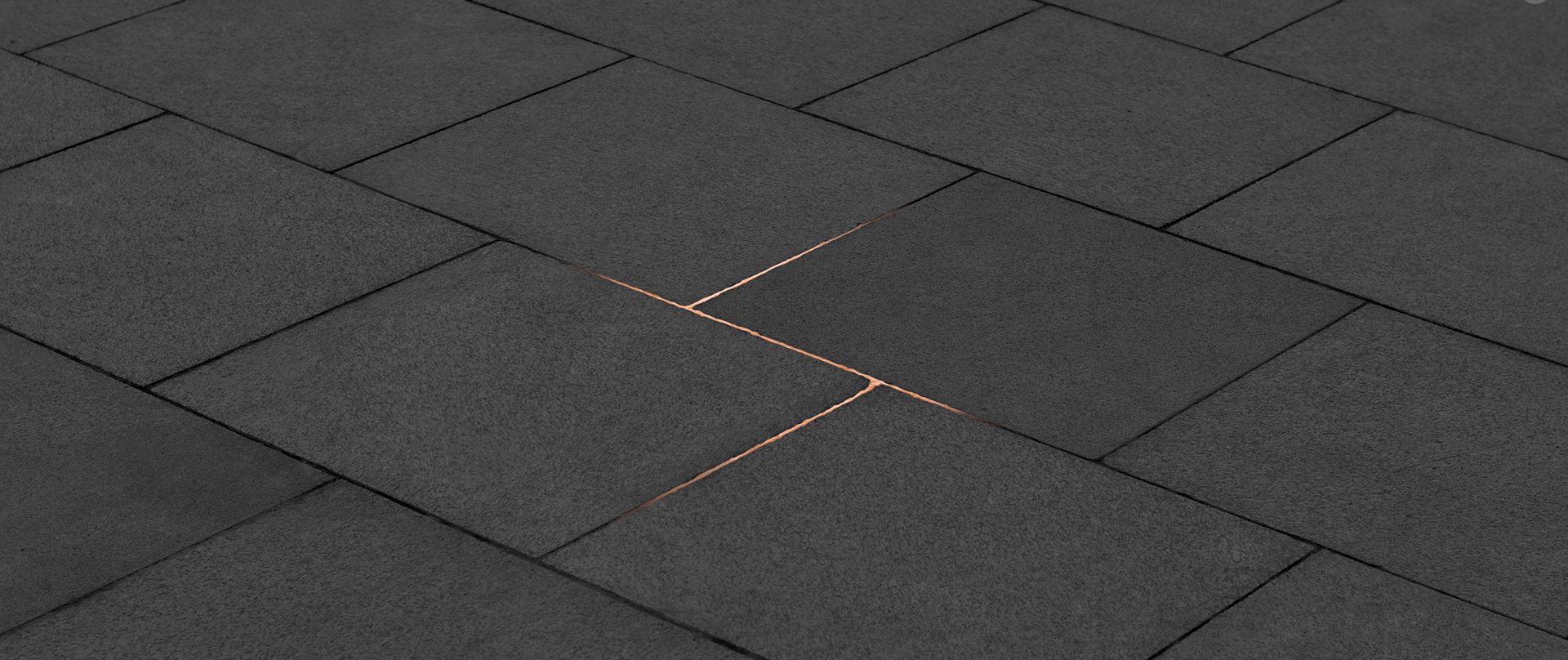
Stone ConceptCorporate Design

SentioCorporate Design
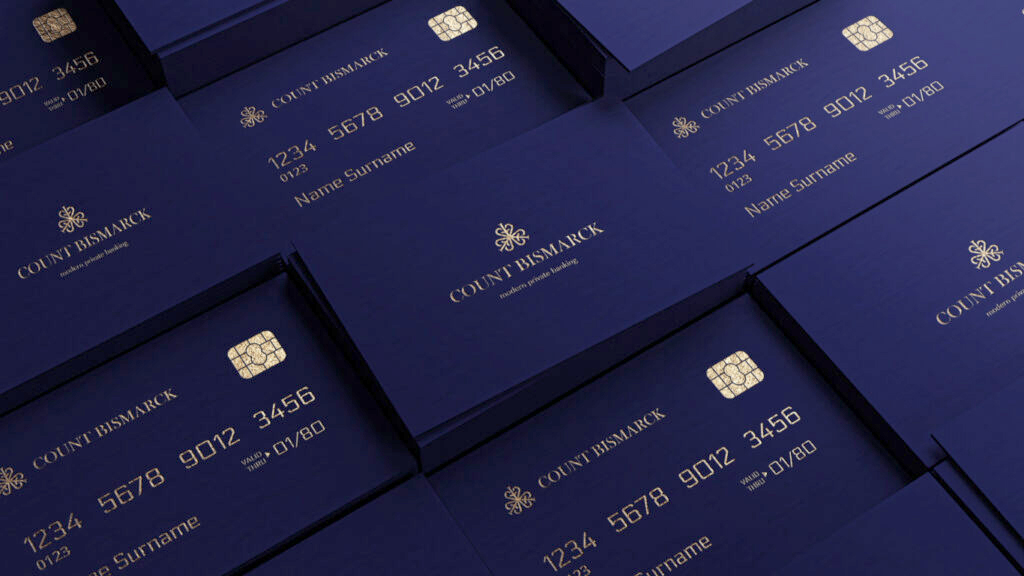
Count BismarkCorporate Design

BrunoHospitality Design

Vin.VinHospitality Design
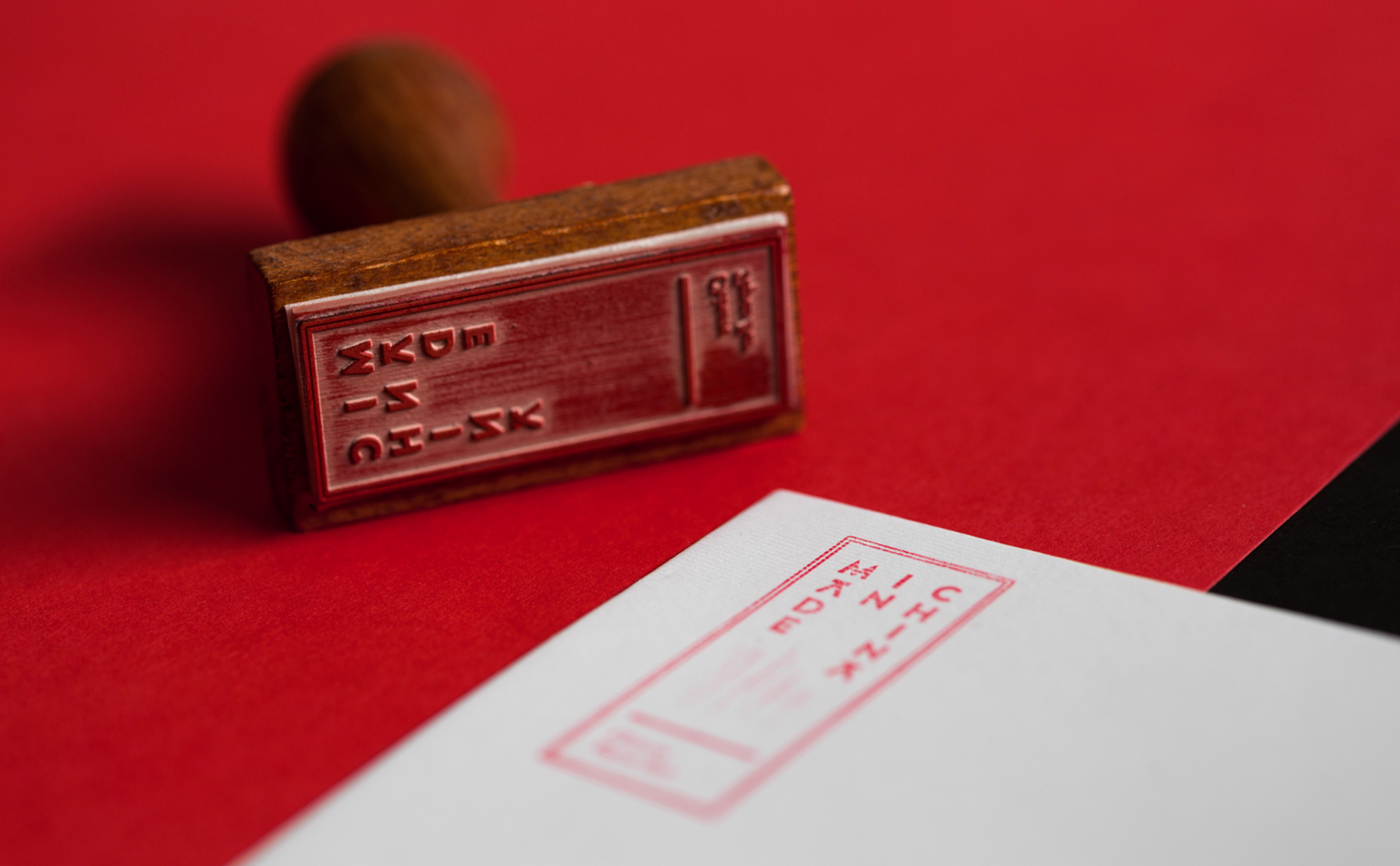
Made In ChinaHospitality Design
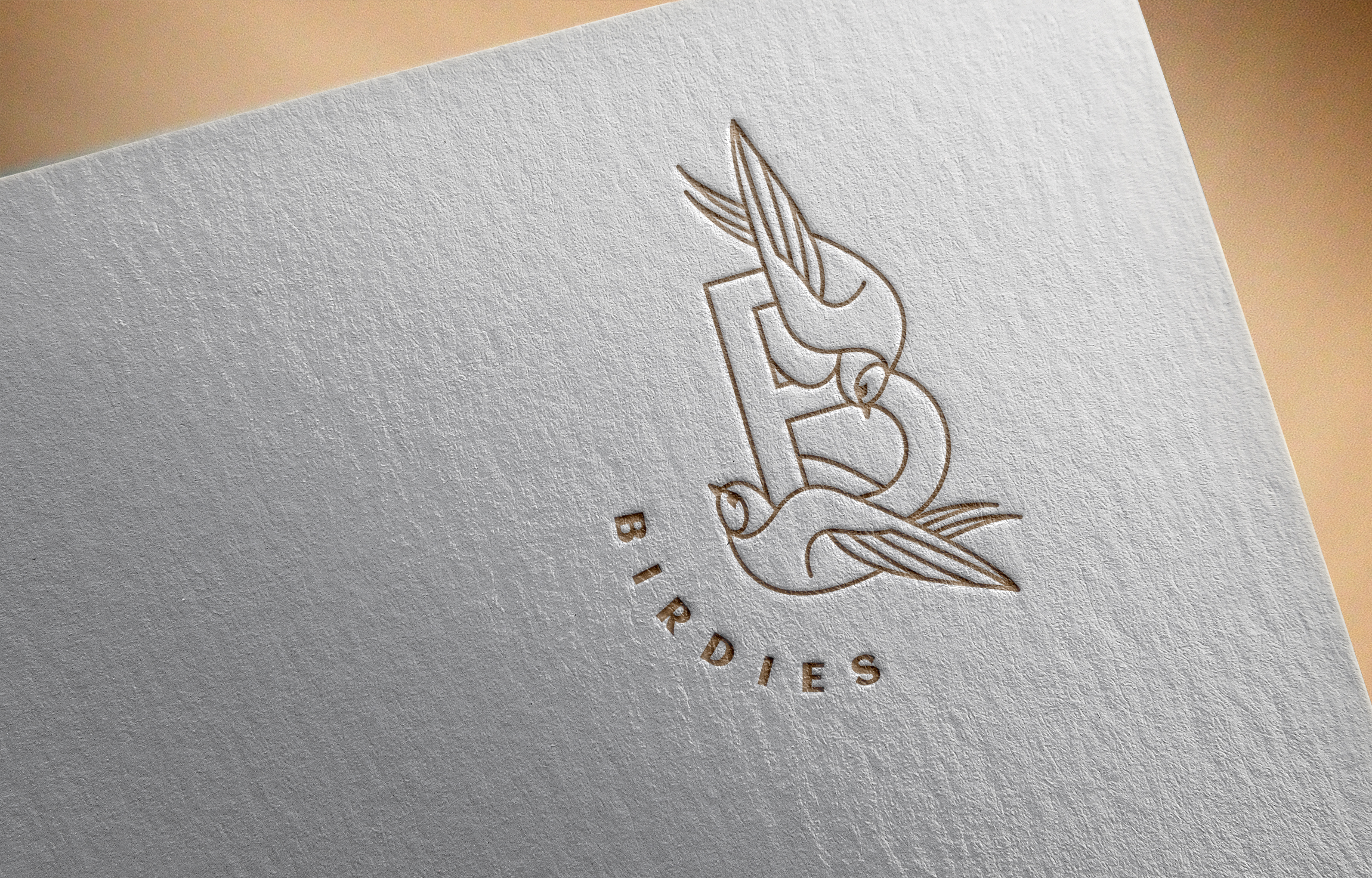
BirdiesHospitality Design

NaomiHospitality Design

Equity PointHospitality Design
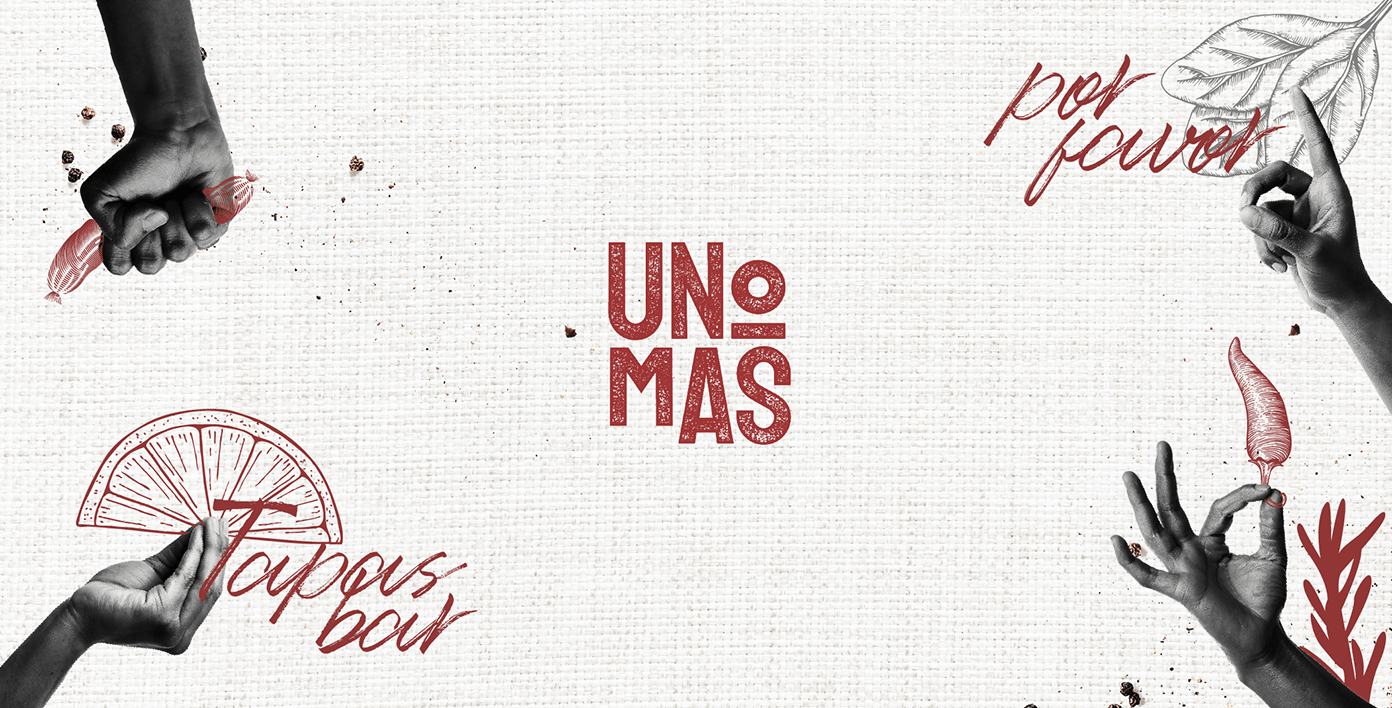
Uno MasHospitality Design
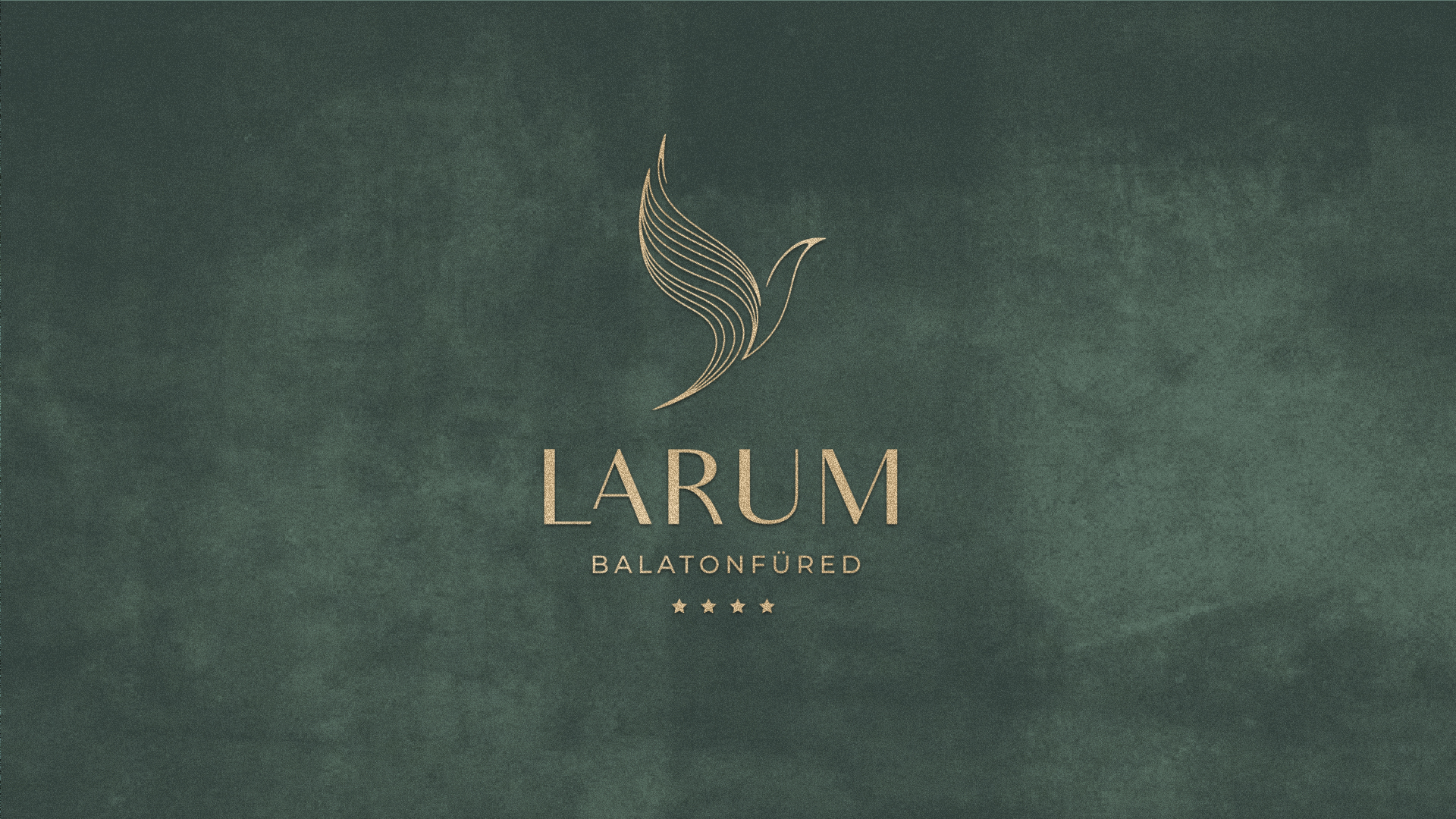
My first projectProject type
